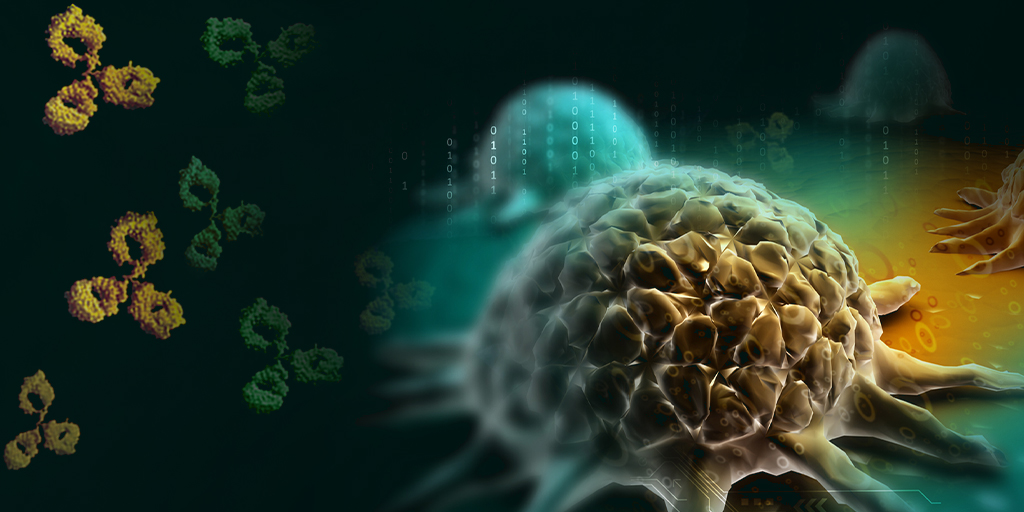
Cancer is a deceptively singular term for hundreds of different diseases. These diseases can affect almost any part of the body. In the United States, cancer is the second most common cause of death (1). At its most basic level, however, cancer is the abnormal and uncontrolled division of cells resulting from genetic changes in one or more cells.
This prolific cell division is what many standard chemotherapies act upon. These therapies are developed to kill rapidly dividing cells but often don’t discriminate between normal and cancerous cells. In contrast, targeted therapies are designed to interact with (or target) specific pathways, processes or proteins whose abnormal behavior is associated with cancer development and growth. Targeting these abnormal cellular functions can counteract cancer in different ways. They can interfere with tumor growth, carry other drugs into tumor cells or help the immune system find and kill cancerous cells. Targeted therapies can be loosely divided into two categories: small molecule therapies and immunotherapies.
Continue reading “Small Molecule Therapies and Immunotherapies: An Introduction to Targeted Cancer Treatments”